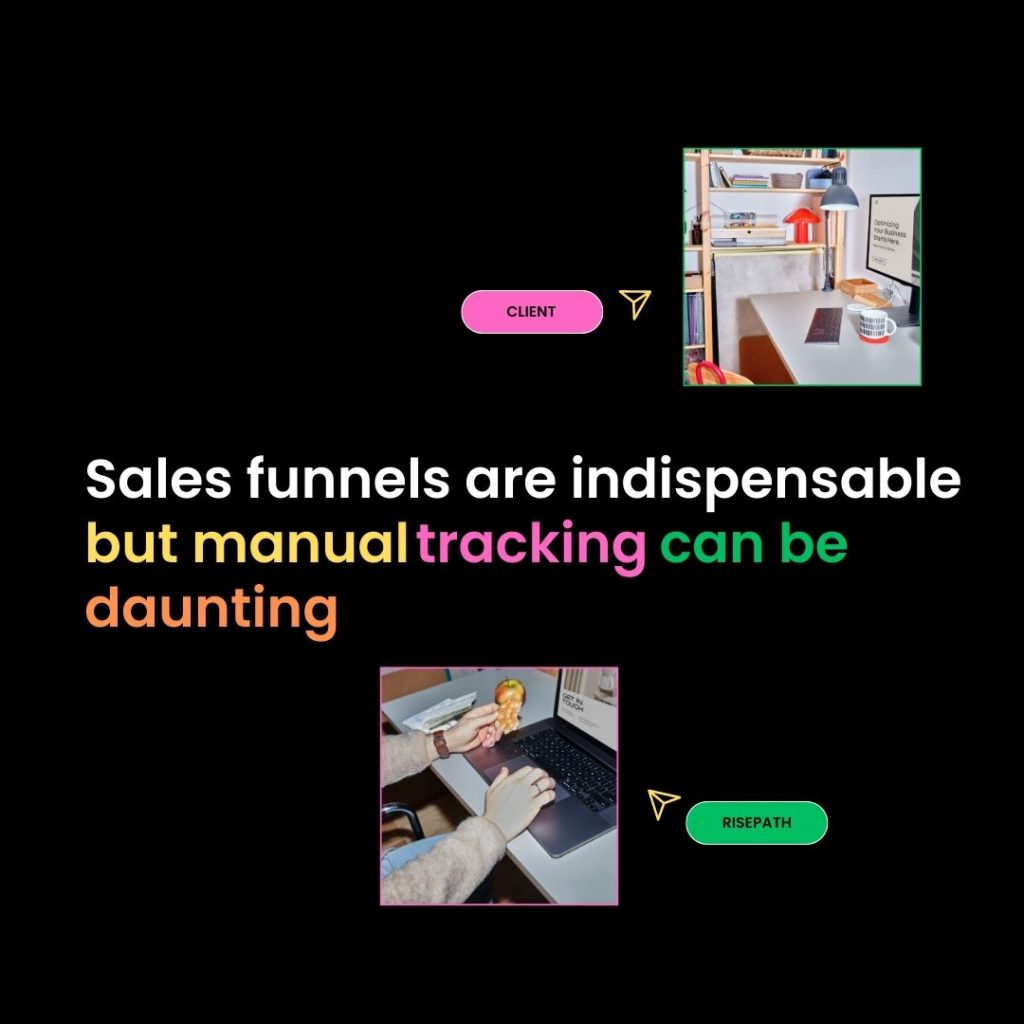As we transitioned through 2022, technology-driven customer engagement took the spotlight, and this trend is poised to continue shaping the future. Projections indicate that technology will be the driving force behind what’s being called the “Fourth Industrial Revolution.” Artificial Intelligence (AI), analytics, digitisation, and other tech tools are set to transform every facet of economic activity. But what does this mean for your sales strategy in 2023?
Fourth Industrial Revolution
The “Fourth Industrial Revolution” is a term coined to describe the ongoing transformation of industries and economies through the integration of cutting-edge technologies, digitalization, and innovation. This revolution builds upon the progress of previous industrial revolutions but is characterized by the convergence of various technological advancements, creating a synergy that impacts virtually every aspect of society, business, and daily life.
The previous industrial revolutions were:
- First Industrial Revolution: This began in the late 18th century and involved the shift from agrarian and craft-based economies to mechanized, factory-based production powered by water and steam engines.
- Second Industrial Revolution: Occurring in the late 19th and early 20th centuries, this revolution was marked by the rise of electricity, mass production, and industrialization, leading to significant advancements in transportation and communication.
- Third Industrial Revolution: The late 20th century saw the emergence of the digital age, with the advent of computers, automation, and the internet. This revolution transformed industries through digitization and the ability to process and share information globally.
Also Read: The 3 best Zendesk alternatives in 2023!
The Fourth Industrial Revolution builds upon these foundations by focusing on technologies that blur the lines between the physical, digital, and biological realms. Key technologies shaping this revolution include:
- Artificial Intelligence (AI): Advanced machine learning algorithms that enable computers to analyze data, recognize patterns, make decisions, and even simulate human-like intelligence.
- Internet of Things (IoT): The interconnectivity of everyday objects and devices through the internet, allowing them to collect and exchange data, leading to improved automation and efficiency.
- Big Data and Analytics: The ability to collect, process, and analyze vast amounts of data for insights and decision-making, leading to more informed business strategies.
- Blockchain: A secure and transparent digital ledger technology that has applications in various sectors, including finance, supply chain, and digital identity verification.
- Robotics and Automation: The use of robotic systems and automation to perform tasks traditionally carried out by humans, leading to increased precision and efficiency.
- Biotechnology: Advances in genetics, genomics, and biomedicine that are transforming healthcare, agriculture, and environmental conservation.
- 3D Printing: The ability to create physical objects layer by layer using digital models, with applications ranging from prototyping to customized manufacturing.
- Renewable Energy: Innovations in clean energy sources, such as solar and wind power, that are reshaping the energy sector and addressing environmental concerns.
The Fourth Industrial Revolution is not just about technological advancements; it’s also about the transformation of business models, the workforce, and society as a whole. It has the potential to disrupt existing industries, create new opportunities, and redefine how people live and work. As this revolution unfolds, it prompts discussions about ethical considerations, privacy concerns, and the need for education and training to prepare individuals for the changing landscape.
Navigating the Sales Landscape
Despite the economic challenges of 2020, sales representatives and leaders embraced innovation and technology, adapting to new norms and virtual interactions. From personalised sales sequences to AI-powered revenue forecasts, technology played a pivotal role in reshaping sales approaches.
While the impacts of the pandemic lingered, business travel has been delayed to 2024 due to ongoing travel restrictions and the shift towards virtual engagements.
Also Read: The Art of Content Marketing for Lead Generation
To help you navigate the evolving sales landscape in 2023, we’ve curated a collection of road maps, guides, and strategies for both Sales Development Representatives (SDRs) and sales leaders. These resources are designed to be a foundation for your team’s success throughout the upcoming year.
- Streamlining Sales Processes for Success: No matter how remarkable your product or service, success hinges on effective sales processes. We delve into strategies that align your processes with your business goals, ensuring that your offerings reach a wider audience and drive revenue growth.
- Perfecting the Sales Cycle: Striking the right balance between a concise and comprehensive sales cycle is essential. We provide insights into crafting sales cycles that are efficient yet thorough, ensuring that no crucial steps are overlooked, and prospects are not deterred by lengthy processes.
- Buyer Personas for Effective Sales: A well-defined sales process includes understanding your target audience intimately. We guide you in developing comprehensive buyer personas, enabling your sales team to resonate with potential customers and tailor their approach to address specific needs.
- The Power of Empathetic SDRs: Your SDRs are the face of your company, and their ability to listen and empathize is critical. Discover how empathy-driven conversations can establish stronger connections, leading to enhanced customer relationships and improved sales outcomes.
- Harnessing the Sales Pipeline: Efficiently managing and tracking deals as they progress is key to success. We explore how a well-mapped sales pipeline empowers your team with actionable insights, driving quicker decision-making and better deal management.
- The Right CRM for Effective Sales: Sales funnels are indispensable, but manual tracking can be daunting. We discuss the importance of a customer relationship management (CRM) system and guide you on selecting a CRM that aligns with your needs and enhances your sales strategy.
- Diversifying Lead Generation Channels: Quality leads drive revenue. Learn how to leverage various channels to attract sales-qualified leads (SQLs) and keep your sales engine running smoothly, utilizing the BANT framework to identify promising opportunities.
- Lead Enrichment and Tracking: No lead should slip through the cracks. We delve into lead management, emphasizing the significance of an integrated CRM system to capture, track, and nurture leads effectively.
- Crafting Personalized Email Campaigns: Email marketing remains a cornerstone for effective communication. Discover how to tailor email campaigns to different segments, increasing engagement and boosting ROI for your sales efforts.
- Navigating Sales Metrics and Insights: Interpreting sales data is challenging yet crucial. Gain insights into metrics like net sales and cost of sales, and understand how they influence your strategy for improved decision-making and performance.
Conclusion
As remote work continues to shape the business landscape, sales strategies are adapting accordingly. Embrace trends like AI-assisted selling and hyper-automation to drive your sales sequences and strategies forward. The Fourth Industrial Revolution is upon us, and by blending strategic planning, innovative templates, and technology, you can propel your sales efforts to new heights in 2023.
For those looking to establish an efficient, effective, and remarkable sales engine, RisePath Sales offers a solution that aligns with the evolving sales landscape.



Comments are closed, but trackbacks and pingbacks are open.